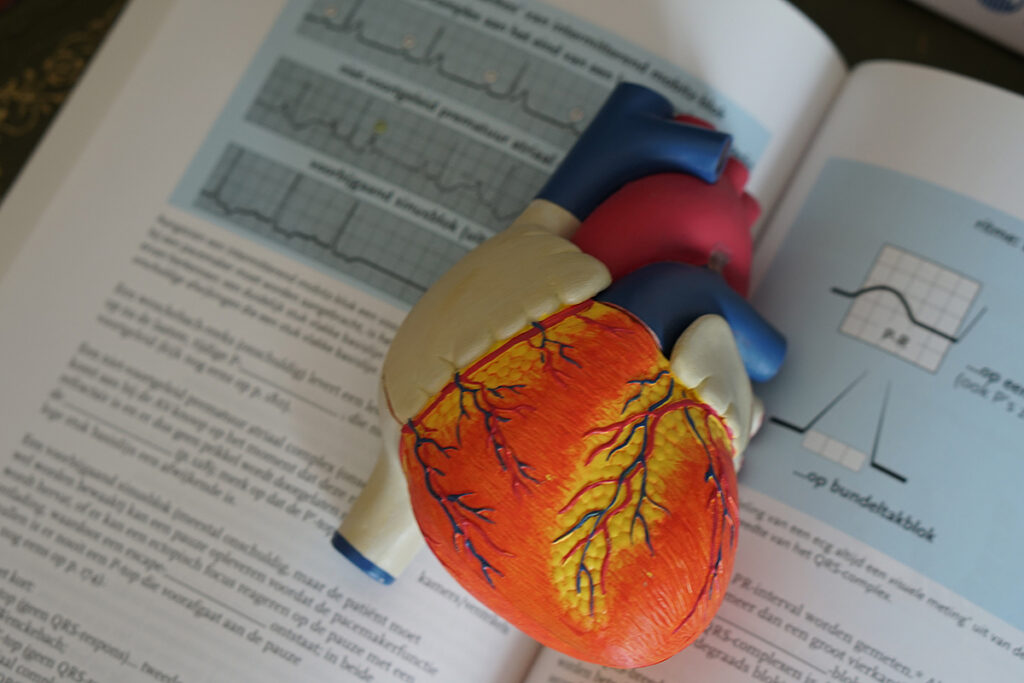Cardiovascular diseases (CVD) predominantly affect individuals over 45 years old. CVD mortality is higher between 45 and 59 years in men and rises in women after 60 years. These differences are associated with the cardioprotective action of estrogens in premenopausal women.
Significant reduction in CVD risk can be achieved through lifestyle changes such as quitting smoking, increasing physical activity, and maintaining average weight.
Various diets or intermittent fasting can be employed to maintain average weight. Intermittent fasting involves consuming regular calories during the day with periods of strict caloric restriction. For instance, a 16-hour fasting and 8-hour eating window, or other intervals with a daily eating window of 6-12 hours.
Metabolic Switching during Intermittent Fasting
The ability of organisms to adapt to periods of fasting is crucial for survival. Different organisms have developed mechanisms that allow them to endure food scarcity. For instance, yeast enters a stationary phase during fasting, while in mammals, the liver and adipose tissue serve as an energy reservoir during famine.
Intermittent fasting leads to noticeable metabolic changes in the body. For example, when food is consumed within a 6-hour window, glucose levels rise during and approximately 6 hours after eating, remaining low for the remaining 12 hours until the next day. During an 18-hour fast, ketones remain elevated. The body naturally adapts to fasting periods, utilizing adaptive mechanisms to generate energy.
When glucose stores are depleted during fasting, the body uses ketones derived from fatty acids as the primary energy source. This transition is known as metabolic switching or glucose-ketone switching. Reversal occurs after food consumption.
Fasting expends fat stores, leading to weight loss and improved lipid profiles. Intermittent fasting reduces total cholesterol, triglycerides, and low-density lipoprotein cholesterol (LDL-C), lowering the risk of developing ischemic heart disease.
Pros and Cons of Intermittent Fasting
Pros:
- Intermittent fasting promotes weight and fat loss while preserving muscle mass, which is especially beneficial for physically active individuals.
- It enables planned caloric restriction during nighttime, avoiding late-night snacking and aligning with the body’s circadian rhythms.
- Intermittent fasting prevents the development of type 2 diabetes in individuals with obesity.
- It may reduce the likelihood of CVD by impacting various risk factors, including obesity, metabolic disorders, diabetes, and hypertension.
- Intermittent fasting enhances the function of the nervous system, reducing the production of free radicals and protecting neurons from aging.
Cons and Contraindications:
- In the initial stages, intermittent fasting may cause side effects such as mood swings, fatigue, and dizziness as the body adjusts to using ketones instead of glucose.
- Intermittent fasting is not suitable for patients with reactive hypoglycemia.
- When combined with antidiabetic medications, intermittent fasting may lead to hypoglycemia.
- In elderly individuals, glucose fluctuations cause instability, increasing the risk of falls and fractures due to osteoporosis.
- Excessive caloric restriction can disrupt the menstrual cycle in women and reduce testosterone levels in men.
- Intermittent fasting is not recommended for children, pregnant or breastfeeding individuals, and those engaged in strenuous physical work.
Intermittent Fasting Guards Against Atherosclerosis
Atherosclerosis is an inflammatory condition where atherosclerotic plaques form in arterial vessels, leading to artery narrowing. The development of atherosclerosis is associated with prolonged exposure to high levels of low-density lipoprotein (LDL).
Intermittent fasting reduces inflammation
This was confirmed by a study involving 40 healthy individuals who observed fasting during Ramadan. A control group comprised 28 participants. Ramadan consists of abstaining from food and drink during daylight hours, resembling an intermittent fasting regimen. Blood samples were taken a week before Ramadan, in the last week of fasting, and three weeks after. The results showed that intermittent fasting reduced the concentration of inflammation markers such as homocysteine, IL-6, and C-reactive protein (CRP).
Intermittent fasting increases adiponectin levels
Adiponectin is a collagen-like plasma protein whose decreased concentration is linked to atherosclerosis, insulin resistance, diabetes, and ischemic heart disease.
Intermittent fasting enhances adiponectin secretion from adipocytes – the cells of adipose tissue. A study on obese children revealed that a year of dieting combined with physical activity increased blood plasma adiponectin concentration by 245%, with the rise proportionate to weight loss.
Adiponectin exerts anti-atherosclerotic and anti-inflammatory effects by inhibiting monocyte adhesion to endothelium and producing molecules promoting atherosclerosis.
Experiments on rats demonstrated that three months of intermittent fasting increased adiponectin concentration, reduced inflammation markers, and decreased the area of ischemia in myocardial infarction.
Intermittent fasting reduces leptin levels
Leptin is a hormone produced by adipocytes. Elevated leptin levels contribute to atherosclerosis and correlate with body mass index, total cholesterol, triglycerides, blood pressure, and inflammation markers. Studies on individuals with ischemic heart disease and myocardial infarction confirmed this association. Intermittent fasting lowers leptin concentration.
Intermittent fasting reduces resistin levels
Resistin is a pro-inflammatory cytokine secreted by adipocytes, playing a crucial role in atherosclerosis pathogenesis. Leptin concentration correlates with insulin resistance and obesity. Resistin promotes inflammatory activity in neutrophils and macrophages involved in atherosclerosis development. Intermittent fasting decreases resistin concentration, potentially linked to weight and fat content reduction.
Intermittent fasting protects against hypertension
Studies on rats confirmed that intermittent fasting contributes to lowering systolic and diastolic blood pressure and reducing heart rate.
The effectiveness of intermittent fasting was also validated in human research involving over 1400 participants, showing a reduction in systolic and diastolic blood pressure in those adhering to intermittent fasting for 4-21 days. The pressure reduction mechanism may involve increased parasympathetic activity and improved sensitivity to natriuretic peptides and insulin.
Intermittent fasting enhances pancreatic β-cell activity in diabetes
Research on rats with diabetes showed that 30 days of nocturnal fasting lowered blood glucose levels, increased plasma insulin levels, and augmented the number of pancreatic β-cells.
There is a hypothesis that intermittent fasting does not increase insulin sensitivity but augments the mass of pancreatic β-cell islets, leading to elevated insulin levels and decreased blood glucose levels. Another hypothesis suggests that intermittent fasting enhances autophagy activity in pancreatic islets, improving glucose tolerance by increasing insulin secretion.
Intermittent fasting increases the expression of the pancreatic regeneration marker Ngn3, which is critical for β-cell maturation.
Conclusion
Intermittent fasting reduces the risk of cardiovascular diseases by promoting weight loss, improving lipid profiles, and reducing total cholesterol, triglycerides, and LDL levels.
It may inhibit the development of atherosclerotic plaques by decreasing inflammation markers, increasing adiponectin concentration, and reducing leptin and resistin levels.
Intermittent fasting lowers systolic and diastolic blood pressure through parasympathetic system activation. It improves metabolism and insulin sensitivity by increasing pancreatic β-cell islet expression.
Intermittent fasting is not recommended for patients with hormonal imbalance, reactive hypoglycemia, pregnant and breastfeeding individuals, the elderly, those with eating disorders, and underweight individuals.
Useful article, necessary information? Share it!
Someone will also find it useful and necessary:
Reference
Intermittent Fasting in Cardiovascular Disorders – An Overview



